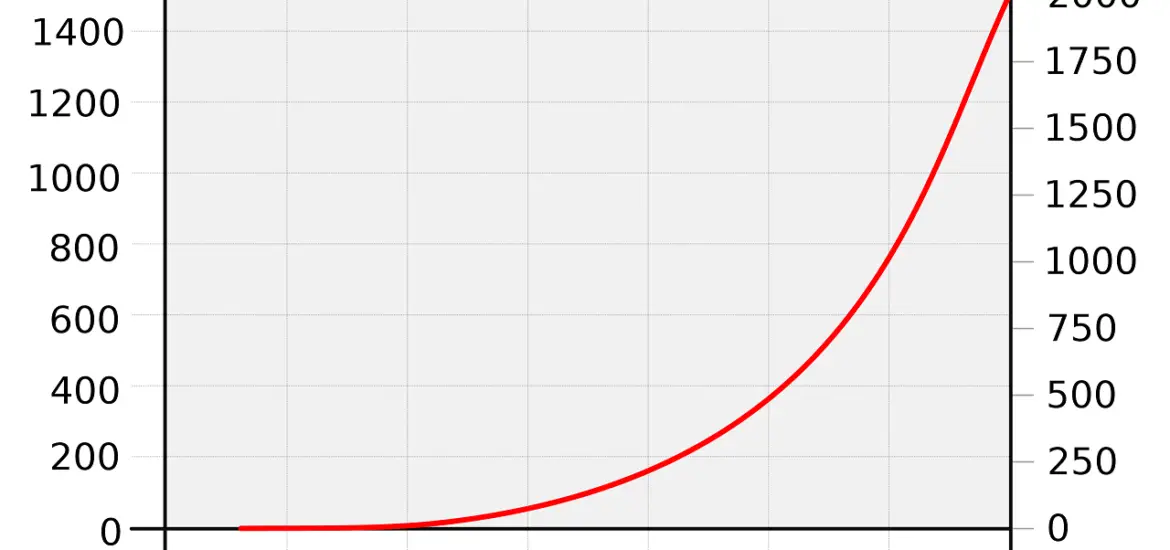Subcooling pressure temperature chart – ever heard of it? If not, don’t worry! We’ll walk you through everything you need to know about subcooling and how it affects your home’s cooling system. Ready to get started? Let’s dive in!

Table of Contents
Concept of Subcooling
Definition of Subcooling
So, what is subcooling? In simple terms, it’s when a liquid refrigerant is cooled below its saturation temperature. This helps improve your cooling system’s efficiency and keeps your home comfy!
Importance of Subcooling in Refrigeration Systems
Why does subcooling matter? Well, it helps prevent liquid refrigerant from entering the compressor, which could lead to serious damage. Plus, it makes your cooling system more energy-efficient – and who doesn’t love lower energy bills?
Factors Affecting Subcooling
Several factors can impact subcooling, like the refrigerant type, system design, and outdoor temperatures. Keep these in mind when evaluating your system’s performance.
Subcooling vs. Superheating
Comparing Subcooling and Superheating
Subcooling and superheating might sound similar, but they’re actually opposites. While subcooling cools liquid refrigerant, superheating heats up vapor refrigerant. Both are important for your cooling system’s efficiency and performance.
Applications of Subcooling and Superheating
Both subcooling and superheating help maintain optimal cooling system performance. They ensure that the right amount of refrigerant is used and that the system runs smoothly.
Understanding the Pressure Temperature Chart
Basics of Pressure Temperature (P-T) Chart
Purpose of P-T Chart
A P-T chart helps you understand the relationship between pressure and temperature in your cooling system. It’s a crucial tool for troubleshooting and optimizing system performance. Trust us – it’s worth getting familiar with!
Reading and Interpreting P-T Chart
At first glance, a P-T chart can seem overwhelming. But don’t worry – with a little practice, you’ll be able to read it like a pro. Just remember: the chart shows how pressure and temperature change as refrigerant moves through your system.
P-T Chart for Different Refrigerants
Common Refrigerants and their P-T Charts
Did you know that different refrigerants have different P-T charts? Some common refrigerants include R-22, R-410A, and R-134a. Make sure you know which refrigerant your system uses so you can interpret the right chart!
Comparing P-T Charts for Different Refrigerants
Comparing P-T charts for different refrigerants can help you understand how each one affects system performance. It’s a great way to determine which refrigerant is best for your home’s cooling needs.
Subcooling Pressure Temperature Chart
Components of Subcooling P-T Chart
Pressure Axis
The pressure axis on a subcooling pressure temperature chart shows the refrigerant’s pressure levels. This helps you understand how pressure changes throughout your cooling system and how it impacts system performance.
Temperature Axis
On the other side, the temperature axis displays the refrigerant’s temperature levels. By comparing temperature and pressure, you can better understand your system’s efficiency and identify potential issues.
Subcooling Lines
Subcooling lines on the chart represent the difference between the actual temperature and the saturation temperature. These lines can help you quickly determine if your system is experiencing subcooling or not.
Interpreting Subcooling P-T Chart
Determining Subcooling
By comparing the pressure and temperature on a subcooling P-T chart, you can determine the level of subcooling in your system. If it’s within the optimal range, you’re good to go! If not, it’s time to investigate further.
Evaluating System Performance using Subcooling P-T Chart
A subcooling P-T chart can help you identify potential issues with your cooling system, like overcharging or inefficient cooling. By addressing these issues, you can keep your home comfortable and save on energy costs.
Practical Applications of Subcooling P-T Chart
Troubleshooting Refrigeration Systems
Identifying Overcharged Systems
An overcharged system can lead to poor performance and higher energy bills. By using a subcooling P-T chart, you can spot overcharging and take steps to correct it. Your wallet will thank you!
Diagnosing Inefficient Cooling
If your home isn’t as cool as it should be, a subcooling P-T chart can help you figure out why. By pinpointing inefficiencies, you can make adjustments to improve your system’s performance and keep your home comfy.
Detecting Expansion Valve Issues
Expansion valve problems can cause poor cooling performance and even system damage. Luckily, a subcooling P-T chart can help you spot these issues and address them before they become bigger problems.
Optimizing Refrigeration System Performance
Adjusting Refrigerant Charge
Using a subcooling P-T chart can help you determine if your system’s refrigerant charge is too high or too low. By adjusting the charge, you can optimize performance and save on energy costs.
Fine-tuning Expansion Valves
Expansion valves play a critical role in your cooling system. A subcooling P-T chart can help you fine-tune these valves, ensuring that your system runs smoothly and efficiently.
Modifying System Components for Improved Efficiency
By analyzing your subcooling pressure temperature chart, you might identify opportunities to modify system components for better efficiency. This could include upgrading to a more energy-efficient compressor or installing a larger condenser coil.
Conclusion
Significance of Subcooling P-T Chart in HVAC Industry
Subcooling P-T charts are essential tools for homeowners and HVAC professionals alike. They provide invaluable insight into system performance and help identify opportunities for improvement. So, next time you’re evaluating your home’s cooling system, a subcooling pressure temperature chart will prove to be very useful.